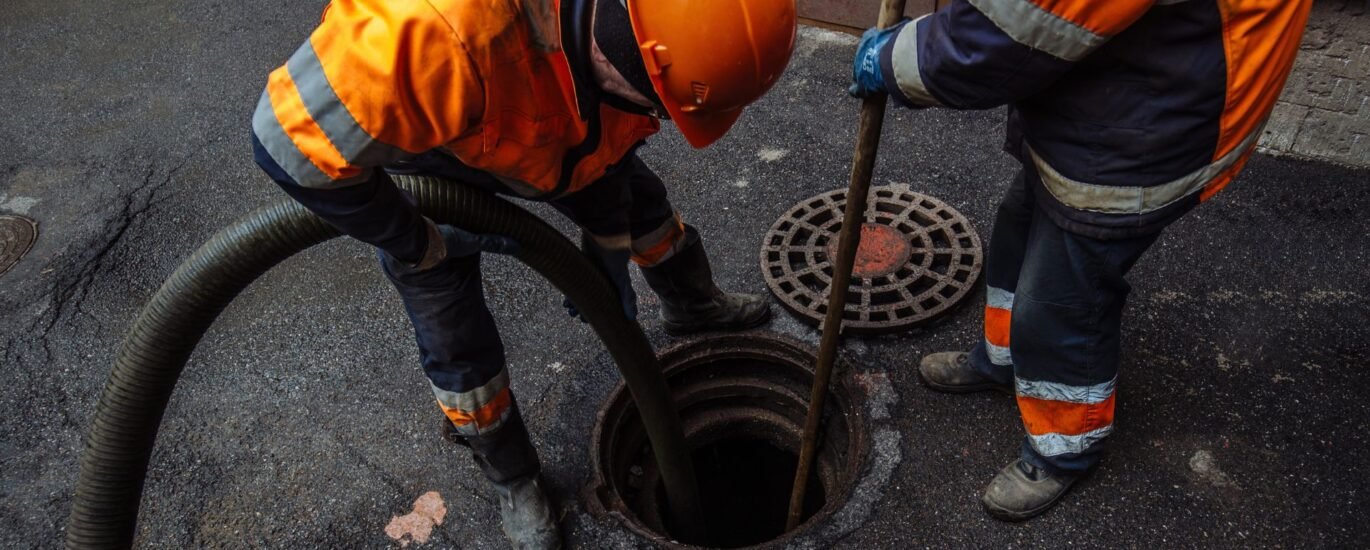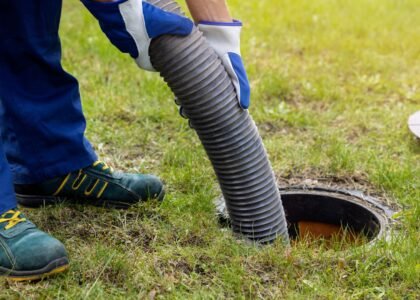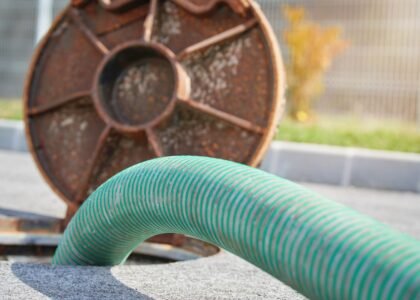Introduction
Sewer line repair is a significant investment. In this post, we’ll break down cost factors, tips for budgeting, and how investing now can prevent more expensive issues later. We’ll also tie back into repair methods and decision points.
What Affects the Cost of Sewer Line Repair?
Several key variables influence the bottom line:
- Length and severity of damage
Longer pipe runs or collapsed sections raise costs. - Soil & site conditions
Rocky soil, tight spaces, or obstructed access make excavation harder. - Repair method chosen
Trenchless methods tend to have higher up-front cost, but lower restoration costs. - Depth and pipe depth
Deeper pipes require more labor and safety measures. - Permits and local regulations
Depending on jurisdiction, certain repairs need permits or inspections. - Landscaping / surface restoration
Driveways, patios, sod, and plants add to the post-work bill. - Additional work needed
For example, root removal, hydro-jetting, or unforeseen damage discovered during repair.
How to Estimate Costs
- Start with inspection — until you know the damage, cost estimates are only guesses.
- Get line-by-line breakdowns: material cost, labor, access, restoration.
- Ask for scenarios: “best case / worst case” so you know possible swings.
- Compare quotes that include both traditional and trenchless options.
Return on Investment (ROI) of Timely Sewer Repair
- Avoid further structural damage
Water or sewage leaks can erode foundations, weaken soil, or infiltrate basements. - Protect health & property
Prevent mold, foul odors, and contamination. - Maintain property value
Prospective buyers fear underground plumbing issues. - Lower maintenance costs over time
A well-done repair reduces recurring clogs or leaks. - Peace of mind
Knowing your plumbing is sound is priceless.
In short: delaying repair often multiplies cost rather than saving it.
Financing & Payment Planning
- Ask for phased payment plans, especially for large jobs.
- Consider financing options or home improvement loans.
- Compare quotes — but beware overly low bids that cut corners.
Tips for Planning Your Project
- Schedule repair during favorable weather (dry periods).
- Clear the work area (move vehicles, potted plants, etc.).
- Document your yard or structures before work begins (photos) to handle disputes.
- Ask about access points — sometimes additional cleanouts can reduce future costs.
- Stay in communication with your plumber to handle discoveries during repair.
How It All Connects
- The inspection and diagnosis stage from Post 1 determines what repairs will cost.
- Your choice between trenchless and traditional (Post 2) heavily affects cost, disruption, and ROI.
- This budget/ROI discussion helps you plan wisely and avoid future surprises.
Next Steps
If you’re ready to explore your sewer line condition or get a project started, visit our Sewer Line Repair page for full details on how we approach each job.
When you’re ready to move forward, reach out via our contact page and we can set up an inspection and discuss your options in depth.



